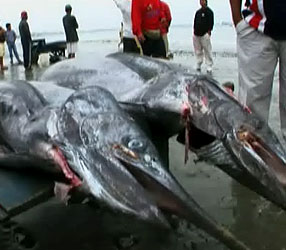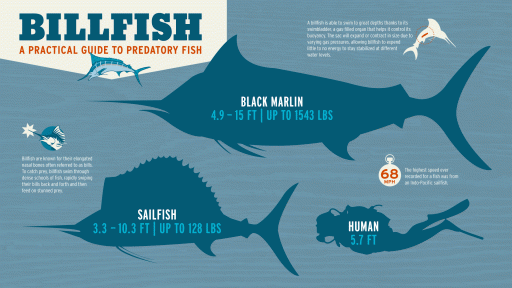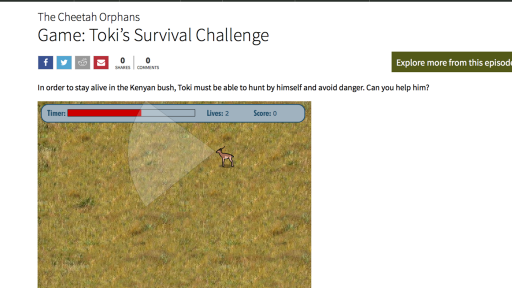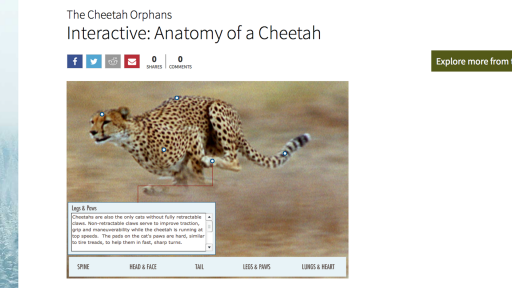Seafood lovers take note: there’s good news and bad news.
First, there’s the bad news for those who enjoy tuna on rye.
High concentrations of mercury, a neurotoxin that can damage developing brains in fetuses, are found in some kinds of popular fish such as albacore tuna. Swordfish and shark, king mackerel, marlin, orange roughy and tilefish also contain dangerous levels of mercury.
Women of reproductive age and young children are advised to avoid these types of fish and limit overall consumption of all fish to no more than 12 ounces per week, according to the Food and Drug Administration, as it takes months for the body to rid itself of mercury.
The danger from mercury is not just to developing brains. There is evidence to suggest an association between mercury exposure and heart disease, making it dangerous for everyone, but especially those who are already at risk.
The American Heart Association, however, recommends eating fatty fish at least twice a week because it is high in omega-3 fatty acids which are believed to help lower rates of heart disease, reduce hypertension, relieve some arthritis symptoms and prevent cancer. Fatty varieties that are low in mercury include herring, sardines, and wild salmon. Some popular fish that are also good choices include sole, tilapia, clams and oysters.
“It all depends on your diet — you can’t eat a lot of big, wild fish,” said Tim Fitzgerald, a marine scientist for Environmental Defense Fund, who provides health consumption information to Monterey Bay Aquarium’s Seafood Watch.
The problem with large, predatory species like marlin and swordfish is that they contain much higher levels of mercury than small fish, such as anchovies and sardines, because of the way mercury moves up the food chain. “Sharks, marlin, polar bears and people at the end of the food chain have the highest concentration of mercury,” Fitzgerald said.
It’s sometimes difficult for consumers to make seafood choices that are good for their health — and the environment. According to Tim Fitzgerald, “Billions of pounds of imported fish come into the United States annually, and less than one percent is tested for environmental toxins by the FDA.” Because marlin is not a popular dining choice in the U.S., many people are not aware of this. And while the FDA is the regulator body that creates consumer advisories about mercury for pregnant women, they actually do very little testing for this neurotoxin.
Another problem with the advisories is that they are not terribly specific and there’s a lot of room for interpretation, according to Fitzgerald. It’s also difficult for consumers to make the best seafood choices because sometimes what’s best for the environment is not always best for their health, and vice versa. For example, blue marlin and striped marlin from Hawaii are fairly resilient to fishing pressure and are listed as “good” alternatives for the environment on Seafood Watch. But, Seafood Watch also lists a health advisory for these fish, due to high levels of mercury. Monterey Bay’s other regional pocket guides provide further guidance for consumers and note that imported blue marlin and striped marlin should be “avoided.”
So, for U.S. consumers, the situation is “buyer beware — eat with caution,” but certainly not to give up on all fish. Consumers may just need some help from Monterey Bay’s Seafood Watch, which maintains a list of “which seafood to buy and why,” including a comprehensive seafood search, regional seafood guides — and printable pocket-sized guides for your wallet.
And, if you are a tech-savvy-seafood-lover, a “fish phone” may be more of what you’re looking for. Environmental Defense Fund’s Seafood Selector to-go allows mobile web users to look up their seafood guide on a blackberry or iPhone and download the information.
Ultimately, it’s ideal to exercise moderation and caution when eating seafood by taking into account both environmental and health concerns. Fortunately you don’t have to wonder whether the seafood menu at your favorite restaurant is environmentally friendly, the answers to your questions may just be a text-message away.

















